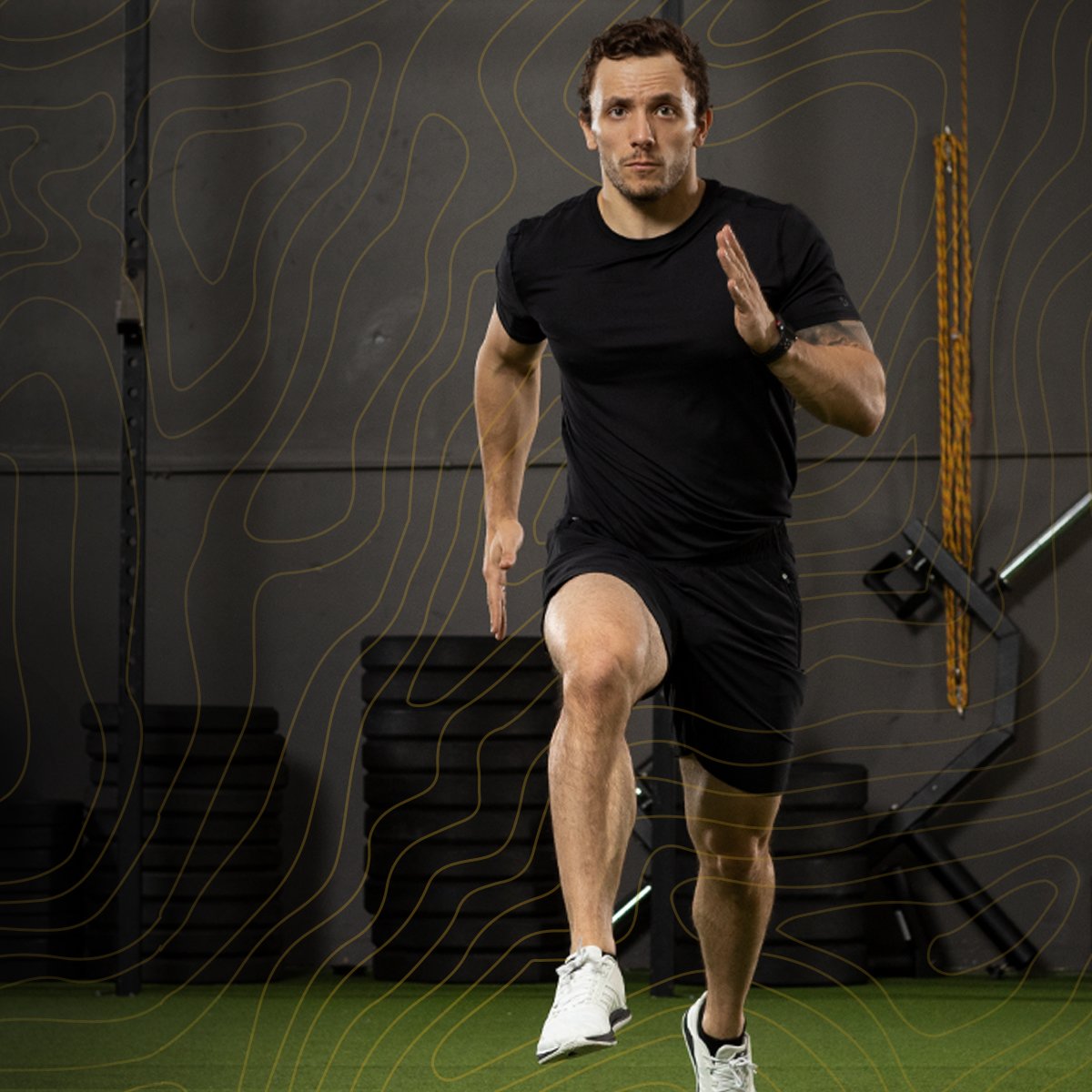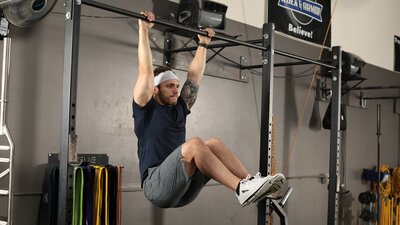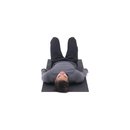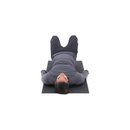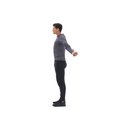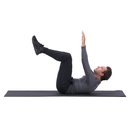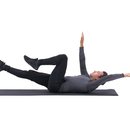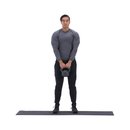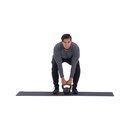Special Ops Tactical Fitness | Patrol Officer Tactical Fitness | Firefighter Tactical Fitness | Pass Your PT Test | Pass the ACFT
If you work in law enforcement, corrections, firefighting, or any branch of the military, passing a physical fitness test (also known as a PT test) is going to be a reality. Luckily, we've all been trained since an early age on how to deal with tests: Wait until the last minute, then cram like crazy, right? While this might work for short-term mental tests, it's not so great when it comes to displaying genuine physical competency.
So, is the only solution to drill the three or four movements making up your test, day in and day out, until you lose your mind or break something? Some people might take that approach, but thankfully, there is another way. If you're not quite up to the minimum standards for your required PT test, focus on developing the requisite strength in other ways.
I recommend this basic program to my clients in this situation. You can remain on this program for as long as needed, but I recommend you take a week off every 4-6 weeks. In the middle of your rest week, test yourself and adjust the program based on what you believe needs more focus.
There's No Substitute for Strength
This is a base-building program, so the premise is simple: You'll be working out four times a week, and three days will be devoted to calisthenics and running, and the fourth will be nothing more than a weighted march. Not all organizations require you to perform a weighted march, but I recommend that everyone do them anyway because you may be surprised by what they do for your running abilities.
PT tests are typically made up of a battery of standard calisthenics exercises plus potentially a few tests specific to your job. Each of the movements will require a different approach to training. Here's how we'll approach the big movements individually.
Push-ups: Ladders to Build Volume
A ladder is simply a repetition scheme that starts easy and builds to one moderately difficult set before starting over.
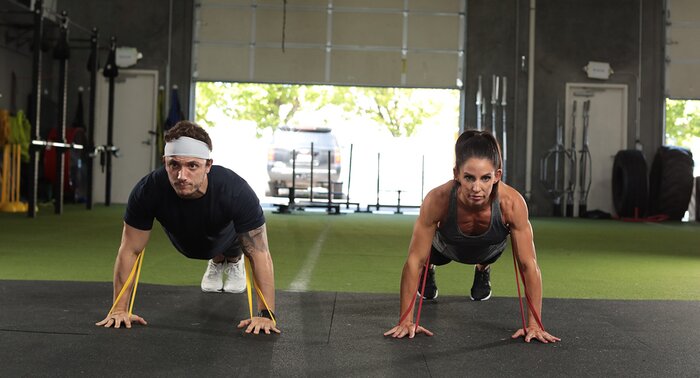
Ladders are often confused with pyramids, where you work up to a top set before working your way back down (e.g., 1,2,3,4,3,2,1). I prefer ladders, which allow for a larger total volume of work during a training period, since after your hardest set, you drop all the way back to the easiest.
Simply rest for 5-15 seconds between sets, and 60-90 seconds between rungs: 1,2,3,4, rest 60-90 sec., 1,2,3,4.
Your week of push-ups will be broken up into heavy-, light-, and medium-volume days. The light days will have small jumps between sets, while the medium and heavy days will have larger steps.
Push through your push-ups with a good pre-workout boost. Shop now!
Sit-ups: Strengthen Without Them, Then Test with Them
While you can't escape the old standard, you can build your base with other movements and see benefits in the test. In fact, any movement that strengthens the abs will have carryover to the sit-up.
Test the sit-up during your rest weeks, but train the abs with other movements the rest of the time. Personally, I think the hollow-body rock and hollow-body hold are ideal choices here. You'll also balance every set of ab exercises with a set of another movement targeting the back side of the core.
Running and Marching: One Long, Two Short, One Heavy
You'll be running three times per week, along with a weighted march. Two of the runs are short, and you can use them to work on running faster—or slower for recovery if you feel the need.
Use the long run to get comfortable running longer distances. If you'll be entering a job that requires a lot of running, like firefighting or military basic training, I recommend that once you've become comfortable running, you build the long run to an hour-long continuous run, and the two shorter runs to 30 minutes each.
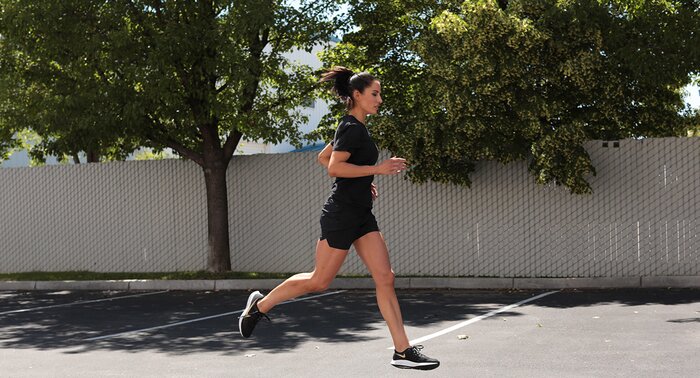
On your march day, add about 10 percent of your body weight to a pack or vest. You can either walk a course of 3-4 miles as quickly as you can, or walk for an hour covering as much distance as possible. Add 5 pounds each week as needed.
Pull-ups: Get the Hang
You will be performing various hangs at the end of each training session. The hangs will strengthen the muscles needed to complete a pull-up. If you dedicate time to doing the hangs with good form, you will quickly own your first pull-up.
If you can already do a few pull-ups, but not quite enough to meet your PT-test standard, I would still finish the workout with hangs, while adding some low-rep pull-up ladders to the start of the workout.
Don't be afraid to switch to an easier hanging progression for your second or third set it you don't think you can maintain good form. You will progress rapidly by accumulating time under tension and not simply falling off the bar. Pick any of these variations, based on what you can handle for 30 seconds:
- Active hang
- Hanging knee raise hold
- Active arch hang
- Tuck front lever
- Straight-leg shin-to-bar hold
- Flexed-arm hang (chin over the bar)
PT Test Training Program
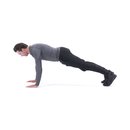
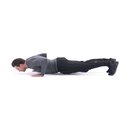
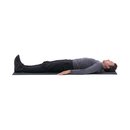
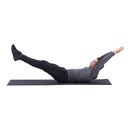
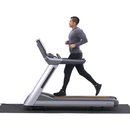
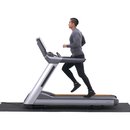
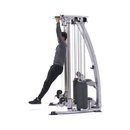
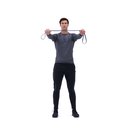
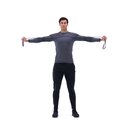







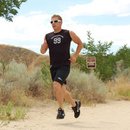
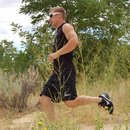









Can I Change or Add Anything?
A lot of trainers will tell you that if you add anything to the program, you aren't really doing their program. I won't insult your intelligence with that, but I will give you some general guidelines to hopefully keep you from burning yourself out.
You can add as much easy activity as you want, like walking or yoga. If you've been following a strength-training program before starting this, you can work in up to two exercises before starting on your push-up sets. But make those movements count by using compound exercises like squats, deadlifts, cleans, snatches, and weighted chin-ups.
However, limit the volume to 10 or fewer working reps; 1x10, 2x5, 5x2, 3x3 and 5,3,2 are all good options. Once you've achieved the minimum standards you need to meet, you can either rotate the calisthenics into maintenance mode or stay on the program—whatever works for you.
Have fun, stay safe, and thanks for your service.
